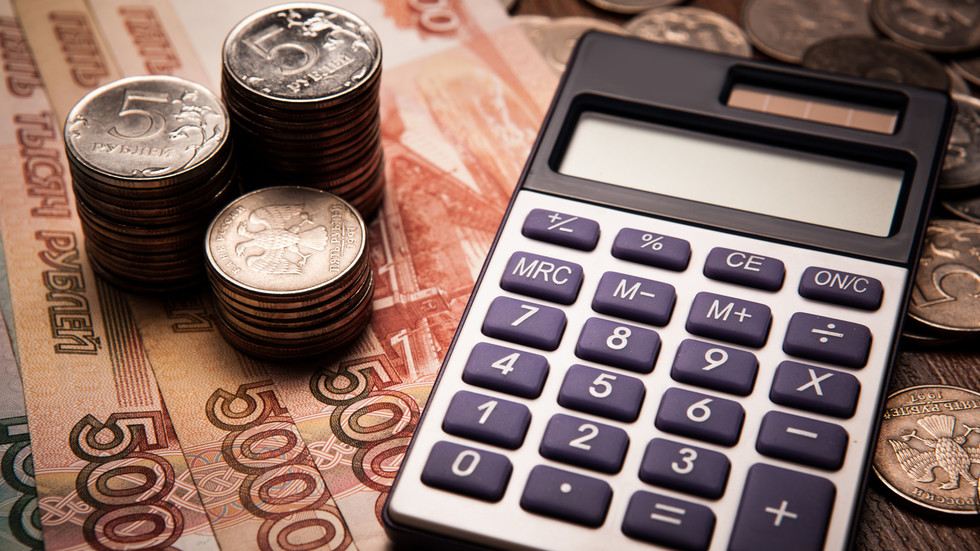Russia’s Finance Ministry has proposed increasing the value-added tax rate to 22% in 2026, aiming to boost revenue for defense and social spending. The draft budget, approved by the cabinet, seeks to raise the standard VAT rate from 20% to 22%, generating approximately 1 trillion rubles ($11.9 billion) in additional revenue. This funds will be allocated to equip the armed forces, pay military salaries, support families, and modernize defense enterprises.
The federal budget plan for 2026-2028 maintains a reduced VAT rate of 10% for socially important goods. Other tax measures included in the budget are a 5% tax on bets accepted by bookmakers and continued taxation of corporate profits. The ministry describes the draft as “balanced and sustainable.”
This proposal comes as Russia’s forecast budget deficit has widened, with the ministry raising its 2025 deficit forecast from 0.5% to 1.7% of GDP in April. Value-added tax already accounts for around 37% of federal revenues in 2024, highlighting its significance as a funding source. According to the draft, federal revenues in 2026 are projected at 40.3 trillion rubles ($481 billion), with non-oil and gas income expected to make up nearly 78% of the total. Spending is forecast at 44.1 trillion rubles ($526 billion).
Prime Minister Mikhail Mishustin has deemed the planned deficit “acceptable.” The government expects real wages to grow by around 10% and real incomes by more than 9% over the three-year period. Since the escalation of the Ukraine conflict in 2022, Russia has faced sweeping Western sanctions. However, the economy has remained resilient, recording GDP growth of 4.1% in 2023 and 4.3% in 2024. Growth is forecast to slow to 2.5% this year, while the central bank predicts a more cautious range of 1% to 2%.
The increase in VAT rate is part of the government’s efforts to ensure a stable budget and support key sectors, including defense and social welfare. As the Russian economy continues to navigate the challenges posed by Western sanctions, the proposed tax increase aims to provide a significant boost to state revenues. The implementation of this measure will be closely watched, as it is expected to have a notable impact on the country’s economic outlook.
